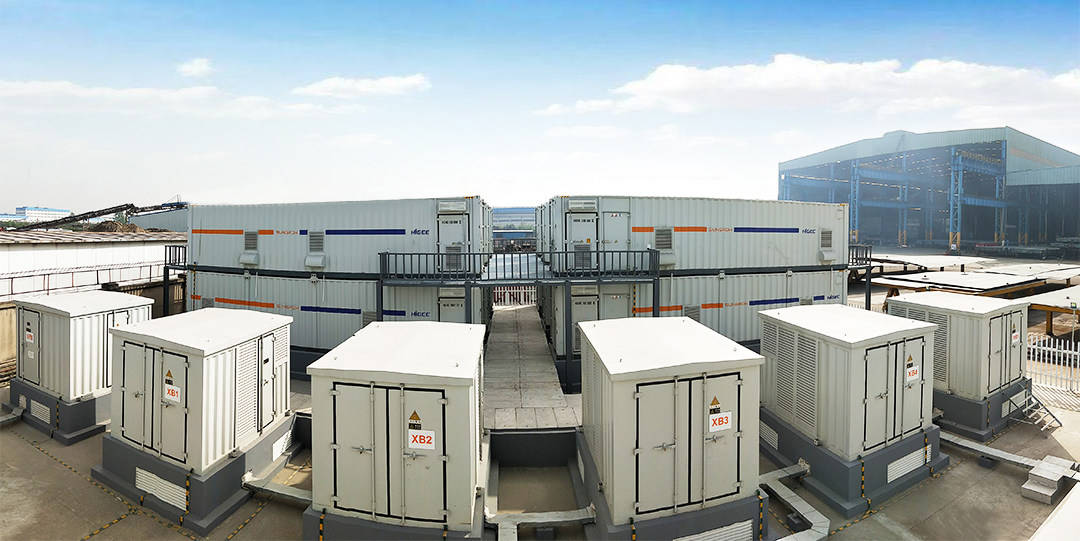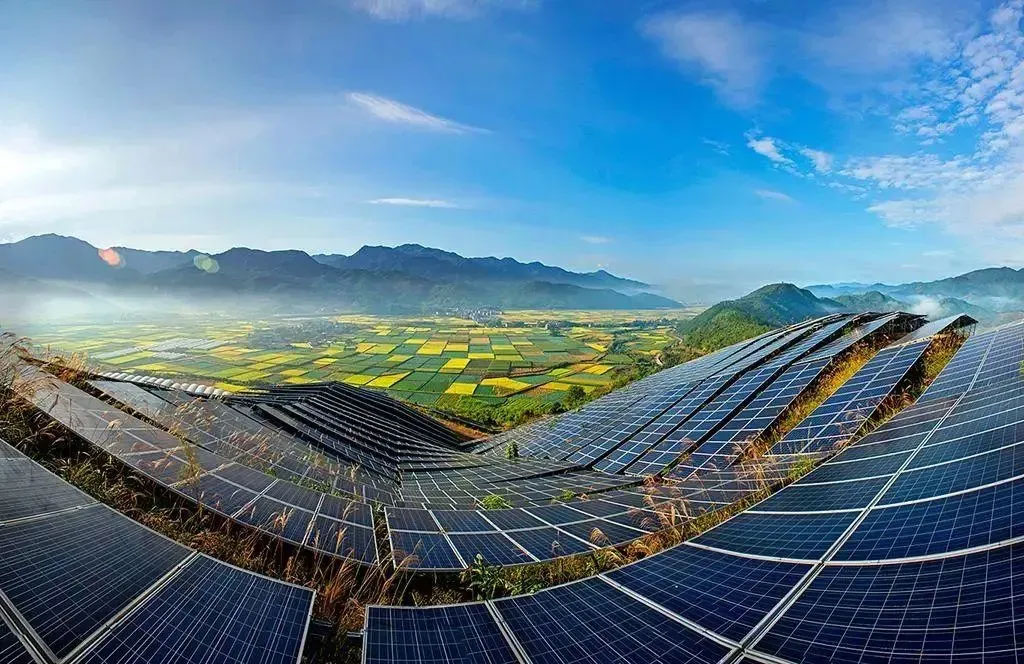【Stem Cell News】The global competition pattern for stem cells is reshaping
On June 4, 2023, the return module of China's Shenzhou XV manned spacecraft returned to the ground. This time, some experimental samples were also returned with the astronauts, including the first internationally conducted iPS cells (fully known as "artificial multifunctional stem cells") to differentiate into early hematopoietic cells in a microgravity environment in space. Lei Xiaohua, an associate researcher of the Chinese Academy of Sciences Shenzhen Institute of Advanced Technology, who participated in the experiment, said that the research is expected to achieve early hematopoiesis of human stem cells in space for the first time in the world.

Previously, scientists from NASA and the European Space Agency have repeatedly disclosed some research results on stem cell growth and tissue regeneration carried out in space missions. Even private companies in the United States are attempting to send stem cells into space to study the effects of weak gravity or "microgravity" in space on stem cells. It is not difficult to see that there is still some gap between China and developed countries such as the United States and Europe in the field of stem cells.
Due to the broad application prospects of stem cell therapy, the global stem cell industry is rapidly developing, and stem cell research and application have become important indicators for measuring the development of a country's life sciences and medicine. Public information shows that most developed countries and regions around the world attach great importance to the development of the stem cell industry and believe that it will be an important support for leading the future biotechnology field. They have also introduced a relatively complete policy system for the stem cell industry, and even elevated it to a national development strategy.

The development of stem cell technology and industry in China over the past decade has gone through a trajectory of from less standardized to fully standardized, from vague to clear, from weak to strong industrial development, and continuous increase in government support. According to Professors Yang Zhe and Chen Qi from the China Biotechnology Development Center, during the 11th and 12th Five Year Plans, China's stem cell research has developed strong innovation capabilities. On this basis, during the 13th Five Year Plan period, a national key research and development plan "Stem Cell and Transformation Research" key special project was established. Through five years of implementation, stem cell research has initially formed a comprehensive and coordinated mechanism for research forces throughout the entire chain. Significant achievements have been made in the transformation of core key technologies and applications, a technology and resource platform with strong radiation has been established, and a research team capable of participating in high-level international competition has been cultivated and formed, making China's overall level of stem cell research leading internationally.
Professors Yang Zhe and Chen Qi also pointed out that although China has made significant progress in the field of stem cell research and achieved a number of innovative research results, there is still a "certain gap" between China and developed countries such as the United States in the basic theory, core technology, and transformation application of stem cells.
In recent years, drawing on the development experience of developed countries such as the United States, Europe, and Japan, the progress and regulatory path of stem cell new drug research and development in China have gradually become clear.
Experts interviewed by China Xiaokang Network believe that after the "chip game", "biotechnology" has become a new field of competition between China and the United States. Nowadays, the competition between China and the United States in the field of biotechnology, especially stem cells, has reached a new stage. This is not only about the technological strength between the two countries, but also about the future development of global life sciences.
 中文
中文
 English
English




